Is your fence looking a little worse for wear? You're not alone! Many homeowners struggle with the upkeep of their fences, often feeling overwhelmed by the maintenance required. But fear not! "Unlock the Secrets to Effortless Fence Maintenance Tips!" is here to transform your approach. By mastering these essential tips, you can save time, money, and frustration while ensuring your fence remains a stunning feature of your property. Dive in and discover how simple strategies can lead to lasting beauty and durability for your outdoor space!
Introduction to Fence Maintenance Tips
Understanding the Importance of Fence Maintenance
Maintaining your fence is crucial for several reasons. First and foremost, regular fence maintenance tips help to enhance the aesthetic appeal of your property. A well-kept fence not only adds to your home's curb appeal but also protects your outdoor space from intruders and animals. Moreover, proper care can significantly extend the lifespan of your fence, saving you from costly repairs or replacements in the long run.
Neglecting your fence can lead to various issues, such as wood rot, rust, and structural damage. These problems can compromise the integrity of your fence, making it less effective at providing privacy and security. By implementing effective fence maintenance tips, you can prevent these issues and ensure your fence remains a valuable asset to your home.
Common Challenges in Fence Maintenance
Many homeowners face challenges when it comes to maintaining their fences. One common issue is exposure to harsh weather conditions, which can lead to wear and tear over time. For instance, UV rays can cause fading and deterioration of materials, while moisture can lead to wood rot and rust in metal fences. Additionally, overgrown plants and vines can damage the fence structure if not managed properly.
Another challenge is the lack of knowledge about the specific maintenance needs of different fence types. Each material—be it wood, vinyl, or metal—requires unique care practices to ensure longevity. Understanding these differences is key to effective fence maintenance tips. For more insights on the benefits of different fence types, check out our article on the benefits of a wood fence and the benefits of vinyl fencing to help you choose the right material for your needs.
What You'll Learn About Fence Maintenance Tips
Essential Tools for Effective Fence Maintenance
- Power washer
- Garden hose
- Paintbrush or sprayer for staining
- Hammer and nails or screws for repairs
- Protective gloves and eyewear
Step-by-Step Guide to Maintaining Your Fence
To keep your fence in top condition, follow these simple steps:
- Inspect your fence regularly for signs of damage, such as loose boards or rust.
- Clean your fence using a power washer or garden hose to remove dirt and debris.
- Apply a fresh coat of stain or paint as needed to protect against UV rays and moisture.
- Address any repairs promptly to prevent further deterioration.
Types of Fences and Their Maintenance Needs
Wooden Fence Maintenance Tips
Wooden fences are beautiful but require regular maintenance to prevent issues like wood rot and sun damage. It's essential to apply a protective coating every few years to shield the wood from moisture and UV rays. Regularly inspect for signs of rot and replace any damaged boards promptly.
Vinyl Fence Maintenance Tips
Vinyl fences are low-maintenance but still require some care. Regular cleaning with a mild detergent and water can help maintain their appearance. Inspect for cracks or fading and address any issues early to prolong the life of your fence. For more information on choosing the right type of fence, visit our article on 7 Benefits of Vinyl Fencing.
Metal Fence Maintenance Tips
Metal fences, such as chain link or wrought iron, need to be checked for rust and corrosion. A power washer can be used to clean the surface, and applying a rust-resistant paint can help protect against future damage. Regular inspections are crucial to ensure structural integrity.
How to Maintain Your Fence Effectively
Regular Inspections and Repairs
Conducting regular inspections is one of the most effective fence maintenance tips. Look for signs of wear, such as loose screws or nails, and address them immediately. This proactive approach can prevent minor issues from escalating into costly repairs.
Cleaning and Staining Your Fence
Cleaning your fence is essential to remove dirt, mold, and mildew that can accumulate over time. Use a power washer or a garden hose with a mild detergent to clean the surface. After cleaning, consider applying a fresh coat of stain or paint to protect the wood and enhance its natural beauty.
Sealing Your Fence: How Often and Why
Sealing your fence is crucial for protecting it from moisture and UV rays. Depending on the material, you should seal your fence every 1-3 years. A protective sealant can help prevent wood from rotting faster and extend the life of your fence.
People Also Ask
What is the best way to maintain a wooden fence?
The best way to maintain a wooden fence is to regularly inspect it for damage, clean it with a power washer, and apply a protective stain or sealant every few years.
How do I maintain my fence?
To maintain your fence, conduct regular inspections, clean it periodically, and address any repairs promptly. Additionally, apply protective coatings as needed.
How often should you seal your fence?
You should seal your fence every 1-3 years, depending on the material and exposure to the elements.
Is it better to stain or seal a fence?
Staining a fence enhances its natural beauty and provides protection, while sealing offers a clear barrier against moisture. Both are beneficial, and the choice depends on your aesthetic preference and the level of protection needed.
Key Takeaways on Fence Maintenance Tips
Implementing effective fence maintenance tips is essential for prolonging the life of your fence. Regular inspections, cleaning, and applying protective coatings can prevent costly repairs and enhance your property's curb appeal. Remember, a well-maintained fence not only looks great but also serves its purpose effectively.
Conclusion: Mastering Your Fence Maintenance
In conclusion, mastering your fence maintenance is vital for ensuring its longevity and functionality. By following the tips outlined in this article, you can keep your fence in excellent condition, enhancing both the beauty and security of your outdoor space. Don't wait for problems to arise—start implementing these fence maintenance tips today!
Call to Action: Start Your Fence Maintenance Journey Today!
Ready to take the first step in maintaining your fence? Gather your tools, inspect your fence, and start applying these essential fence maintenance tips today! Your fence will thank you for it!
| Fence Type | Maintenance Frequency | Common Issues | Recommended Care |
|---|---|---|---|
| Wooden Fence | Every 1-2 years | Wood rot, sun damage | Stain and seal regularly |
| Vinyl Fence | Every 2-3 years | Fading, cracks | Clean with mild detergent |
| Metal Fence | Every year | Rust, corrosion | Power wash and apply rust-resistant paint |
A well-maintained fence not only enhances your property’s curb appeal but also extends its lifespan.
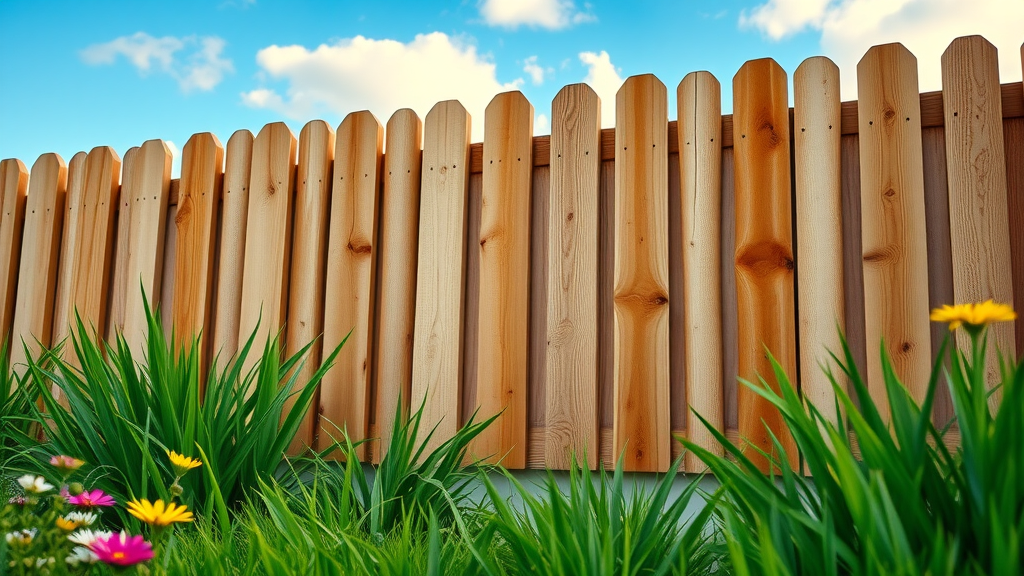
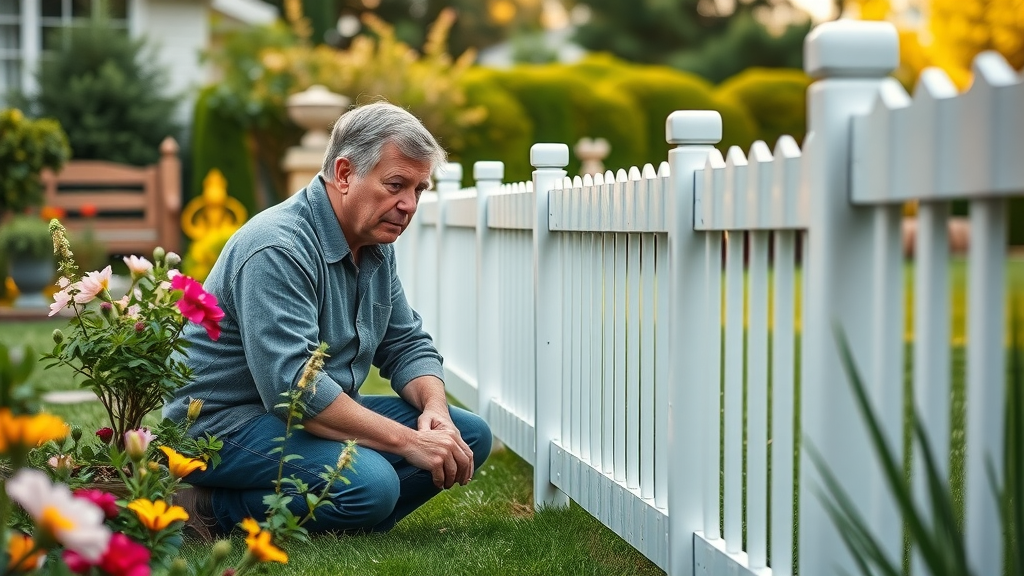
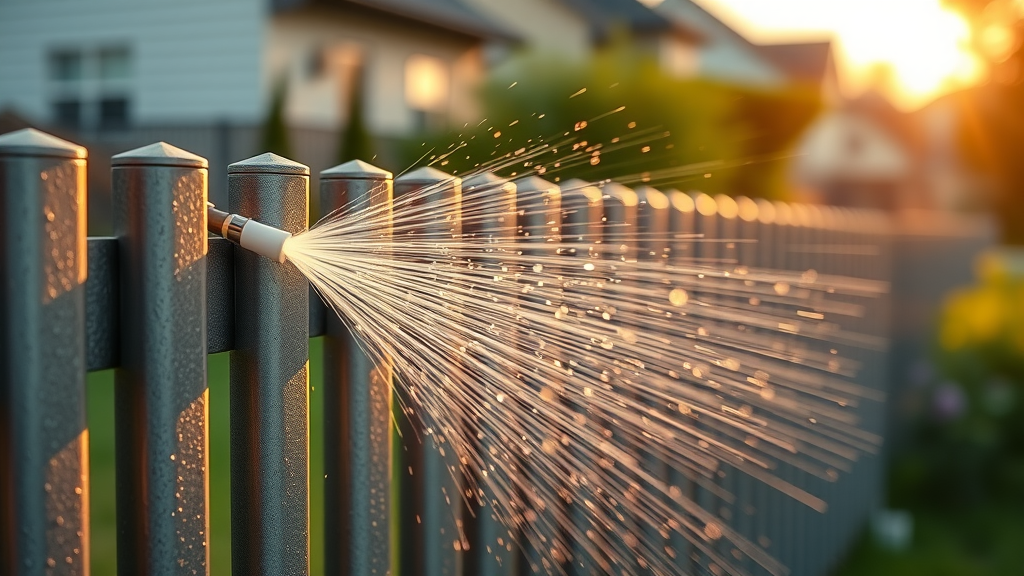

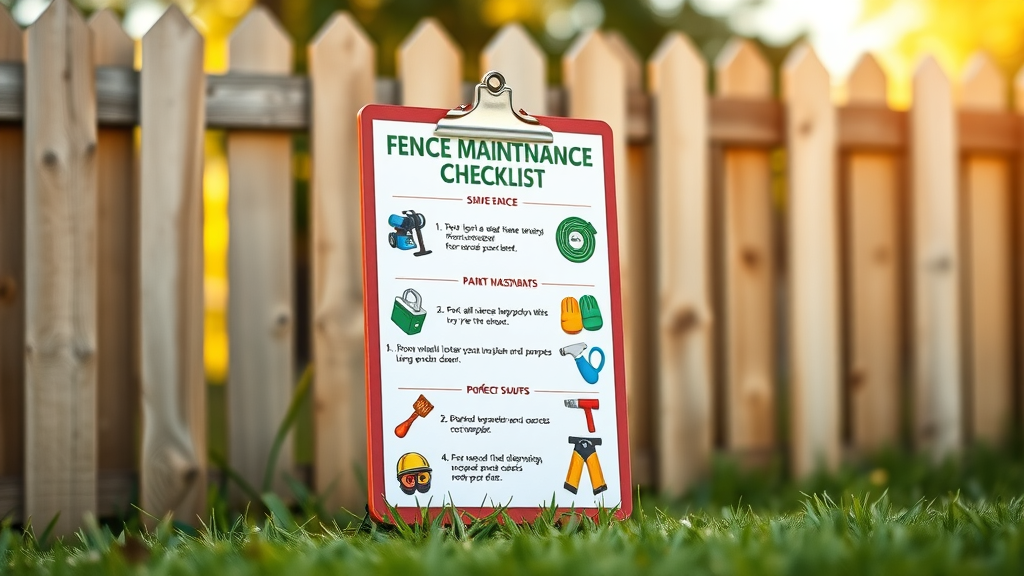


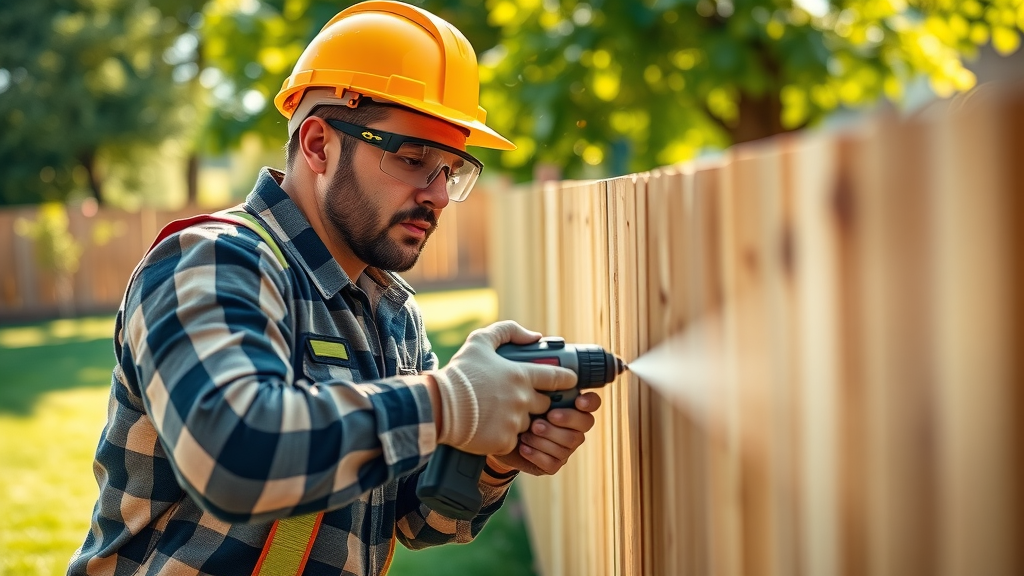
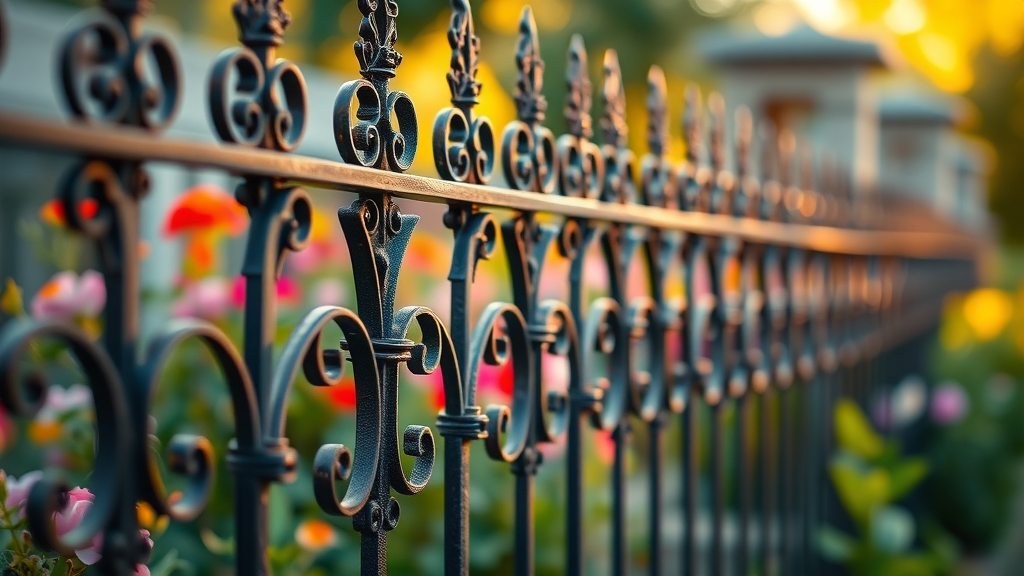
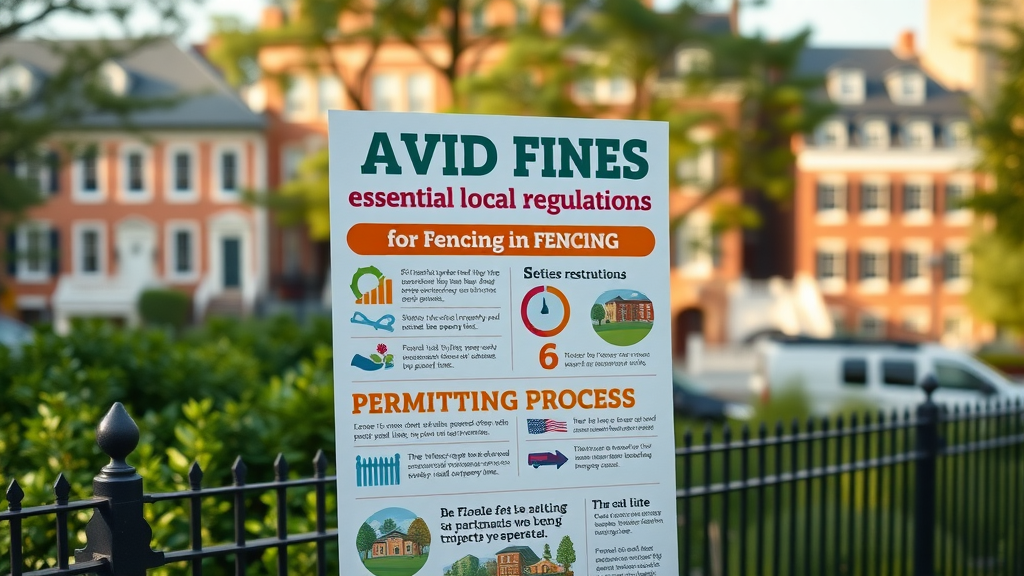
Write A Comment